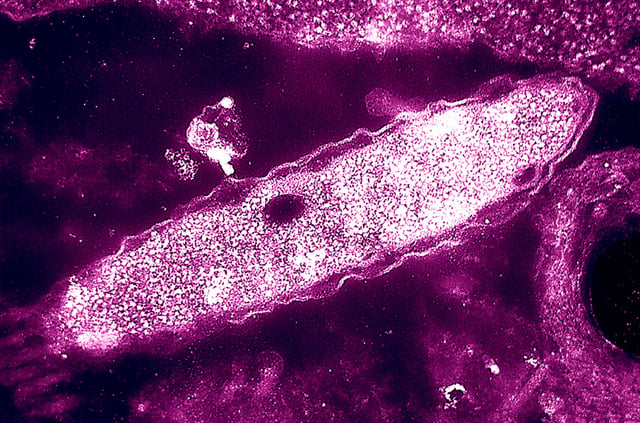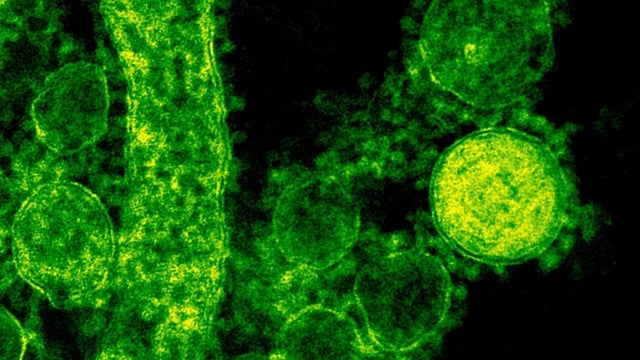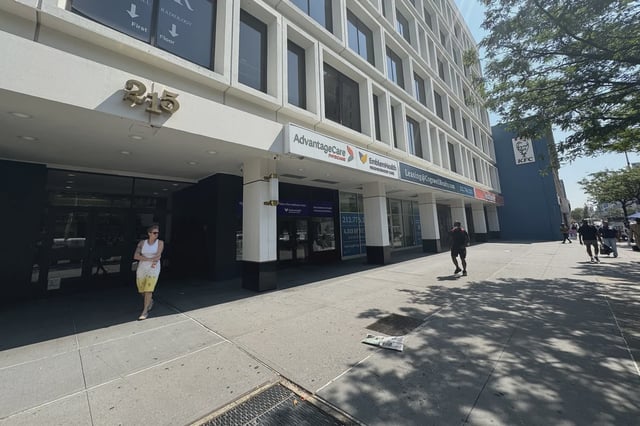Overview
- The outbreak has sickened 99 people, caused four confirmed deaths and left 17 hospitalized as of August 15, 2025.
- Eleven of the 12 Legionella-positive rooftop cooling towers in Central Harlem have been disinfected, and the last is scheduled for treatment imminently.
- Health authorities traced the cluster to towers at 12 locations across about ten buildings, including Harlem Hospital and CUNY’s Marshak Science Building, and publicly released their addresses.
- Agencies stressed that building plumbing and the municipal water supply remain unaffected, assuring residents that tap water and air quality are safe.
- Laboratory efforts to link environmental samples to patient infections are underway, even as community leaders demand stricter inspections, faster remediation deadlines and steeper penalties for noncompliance.



